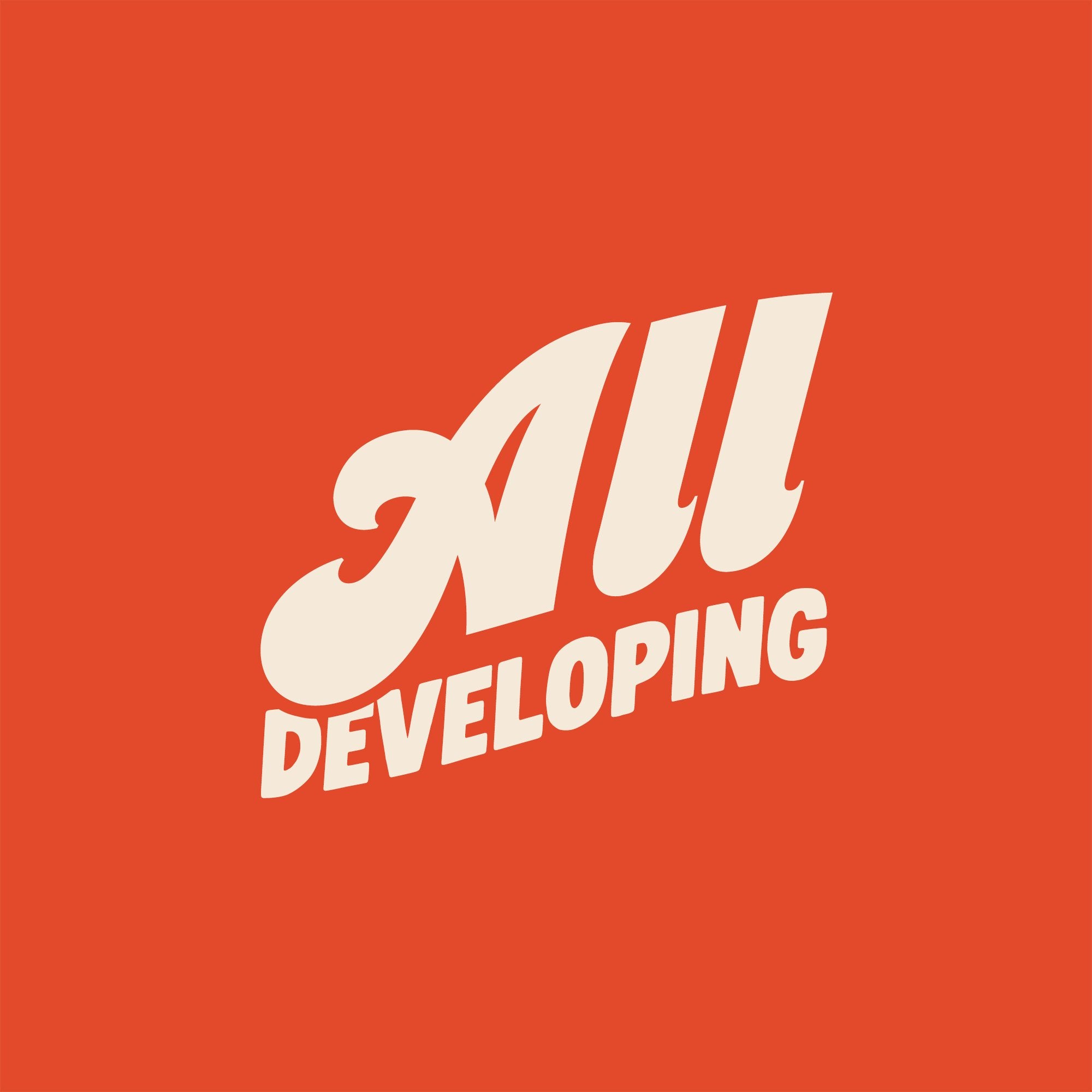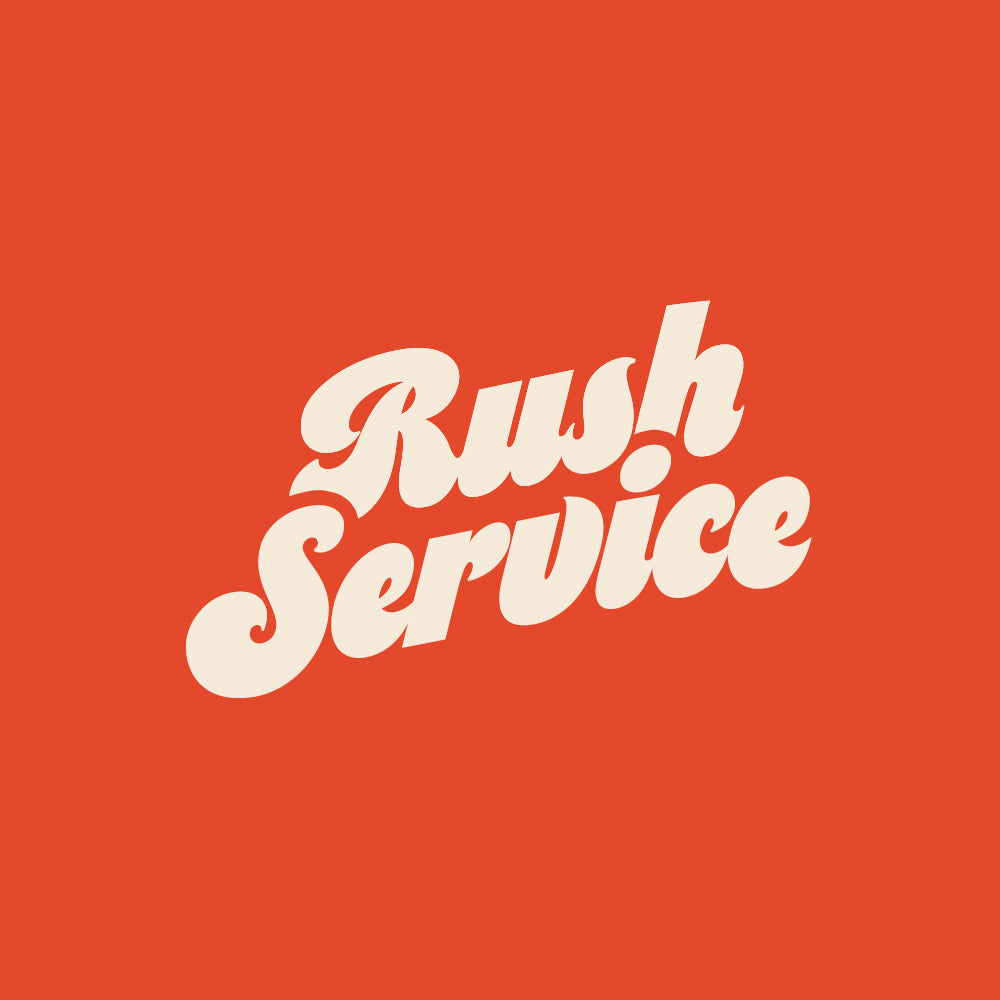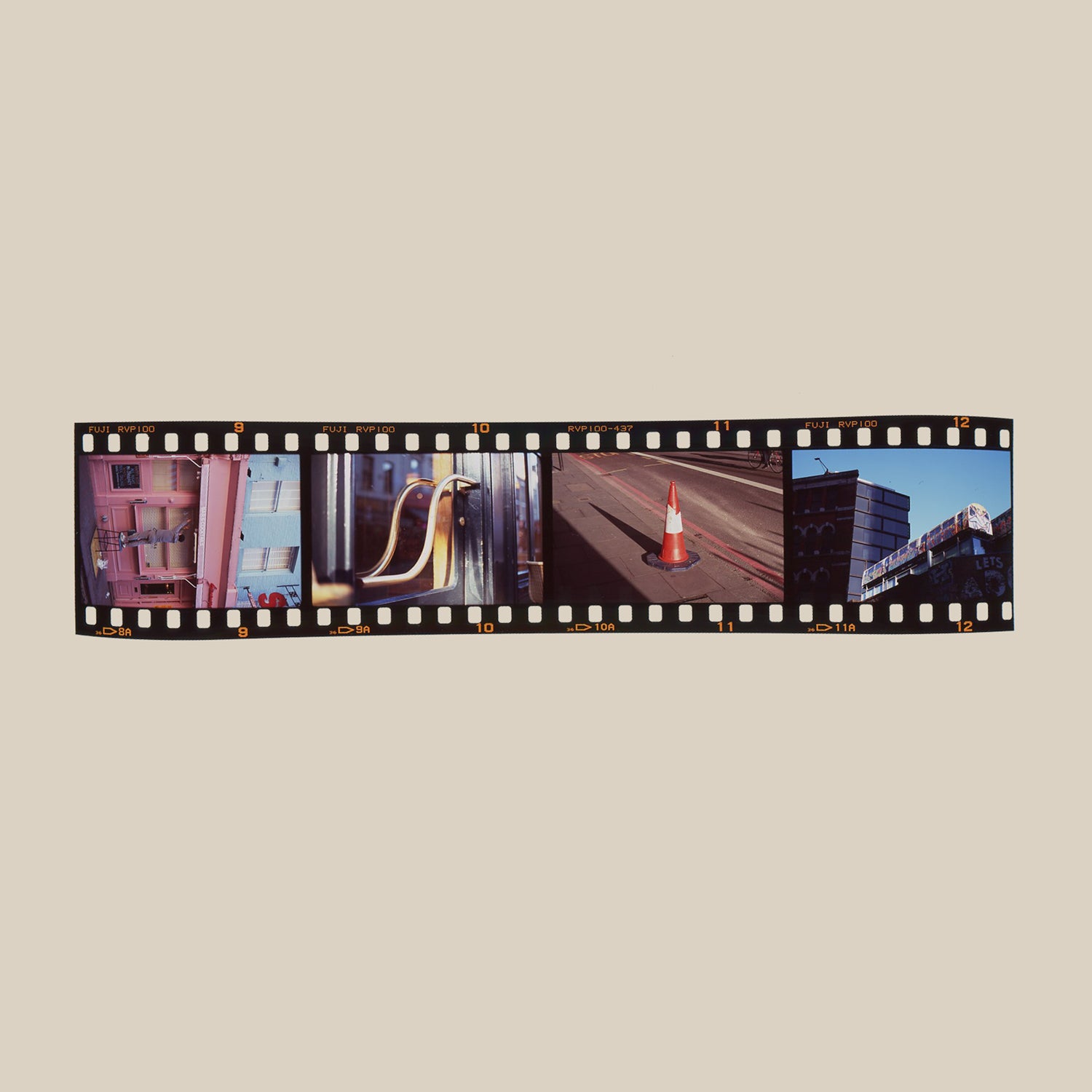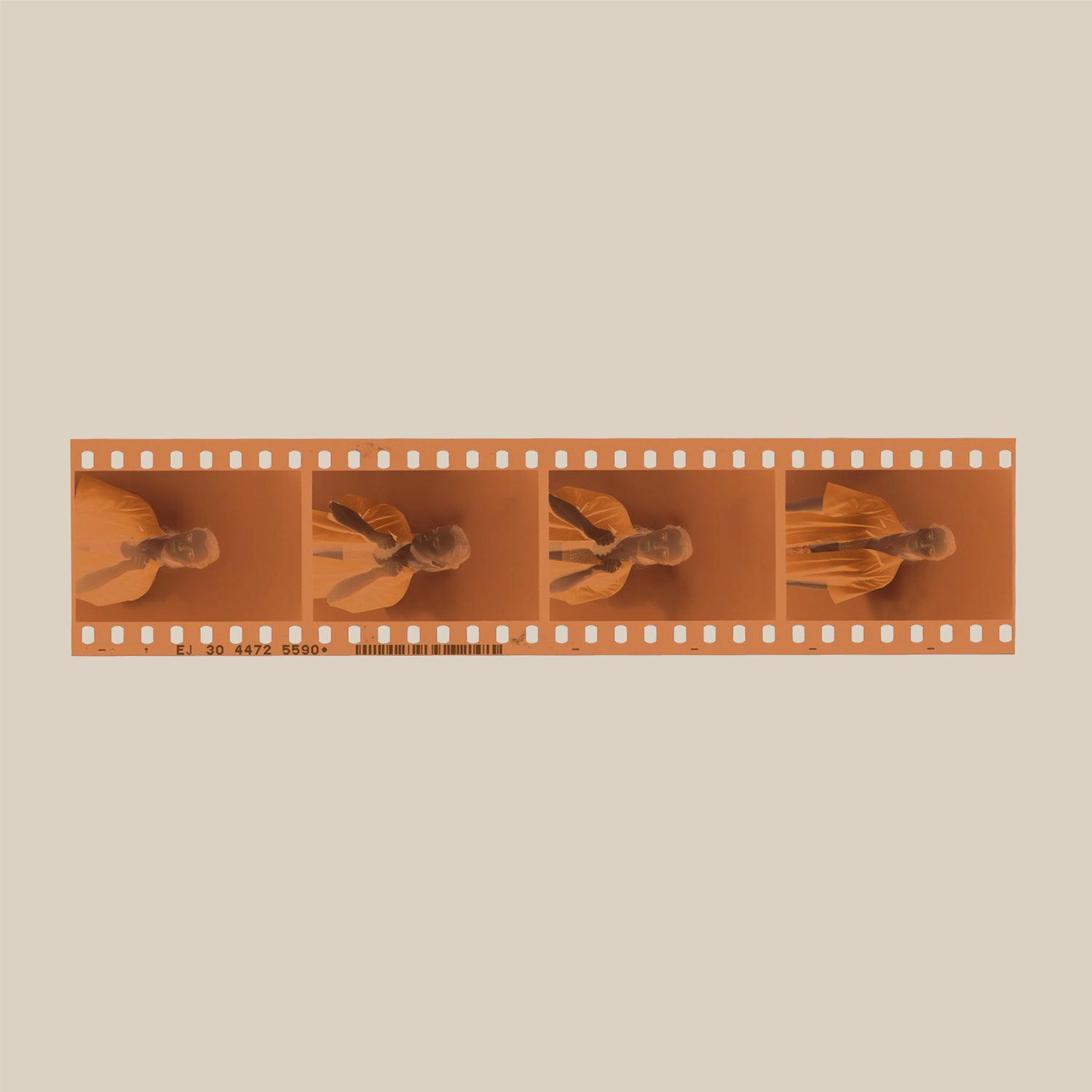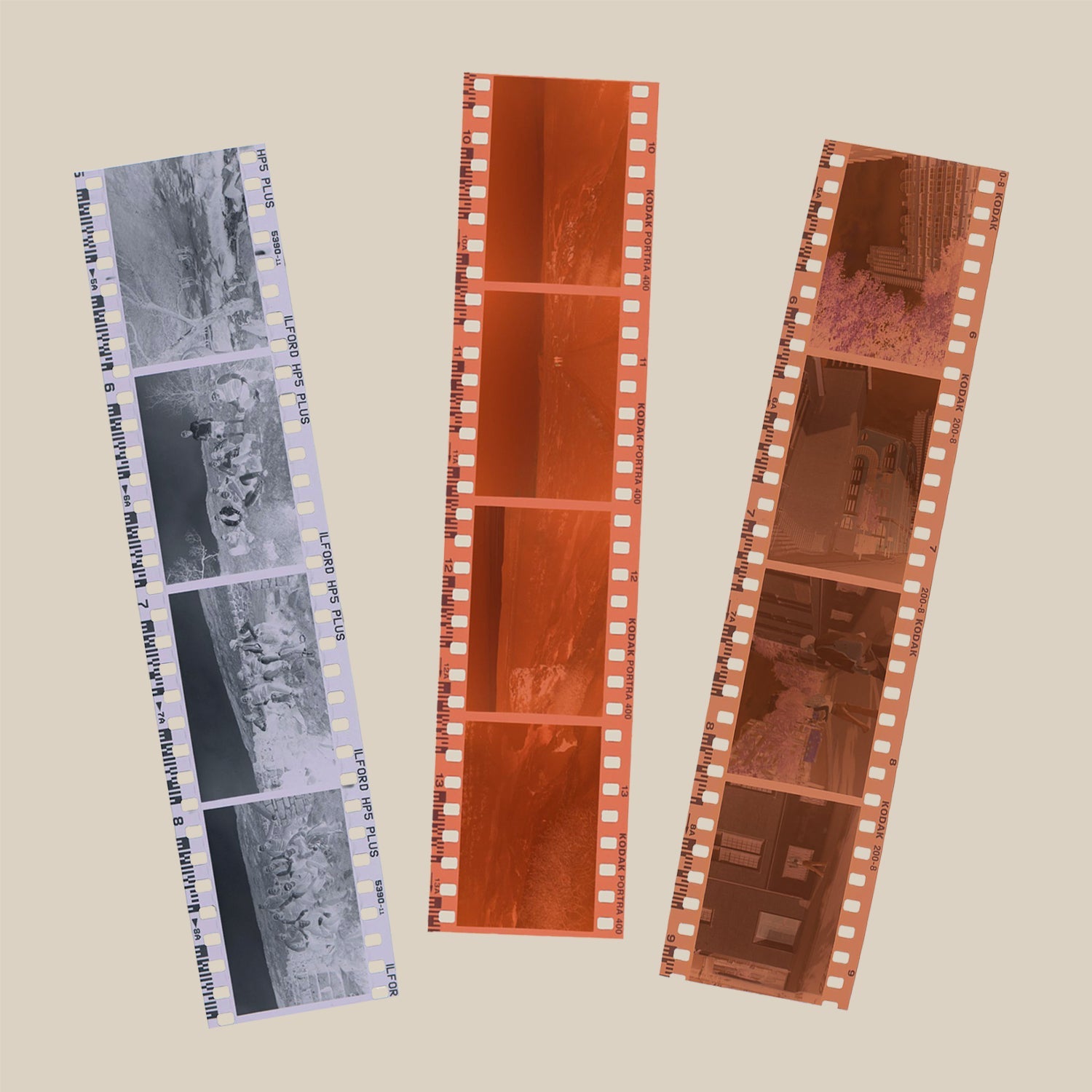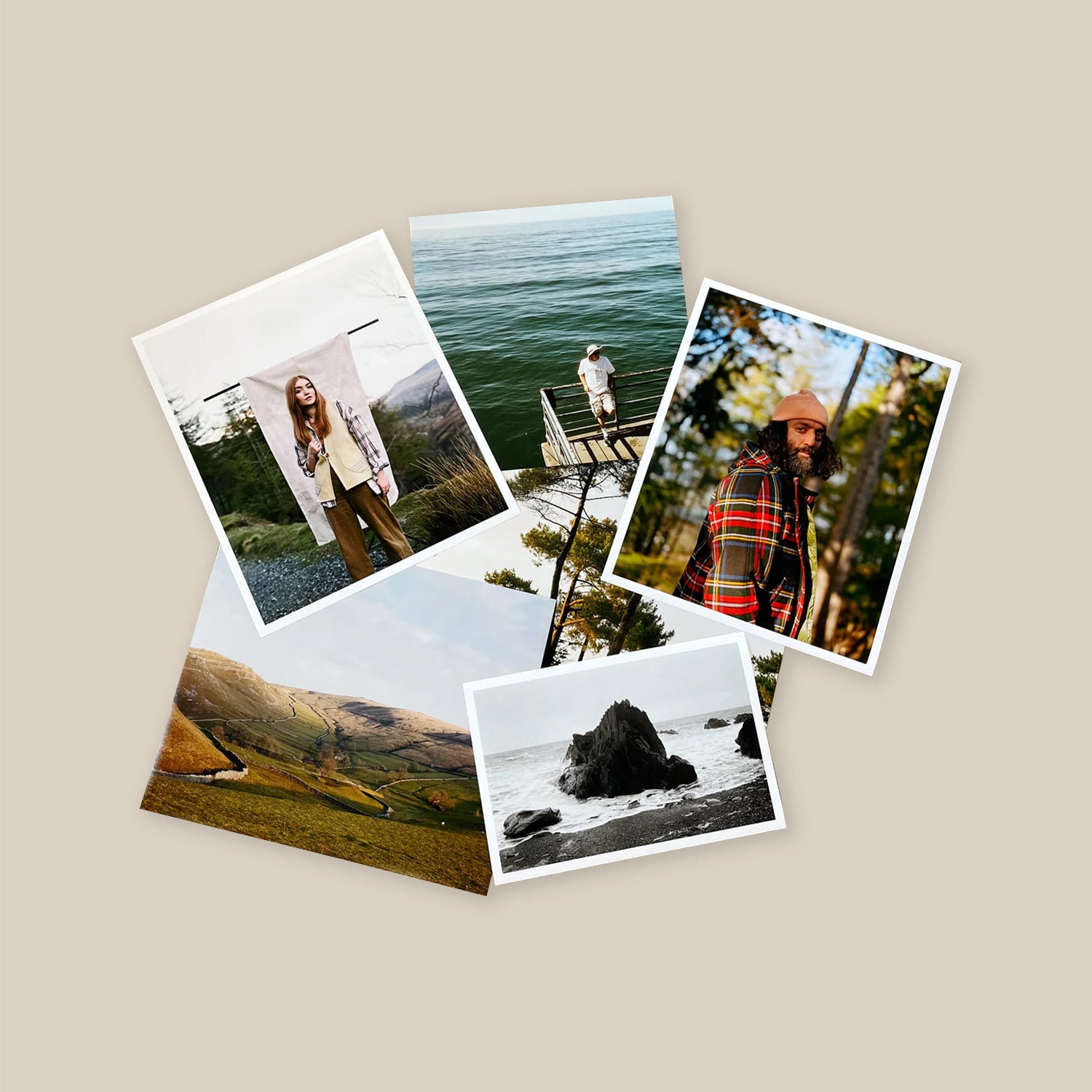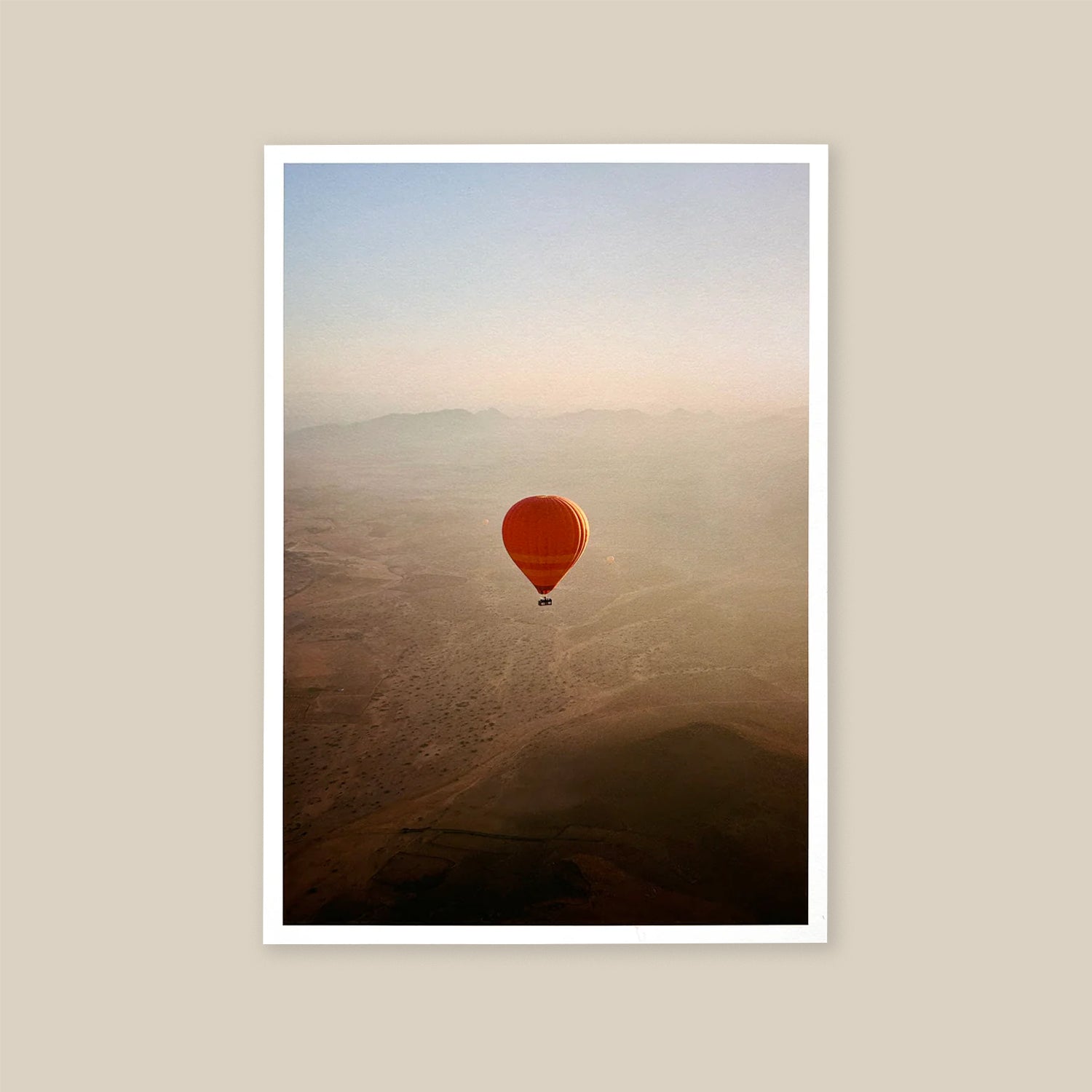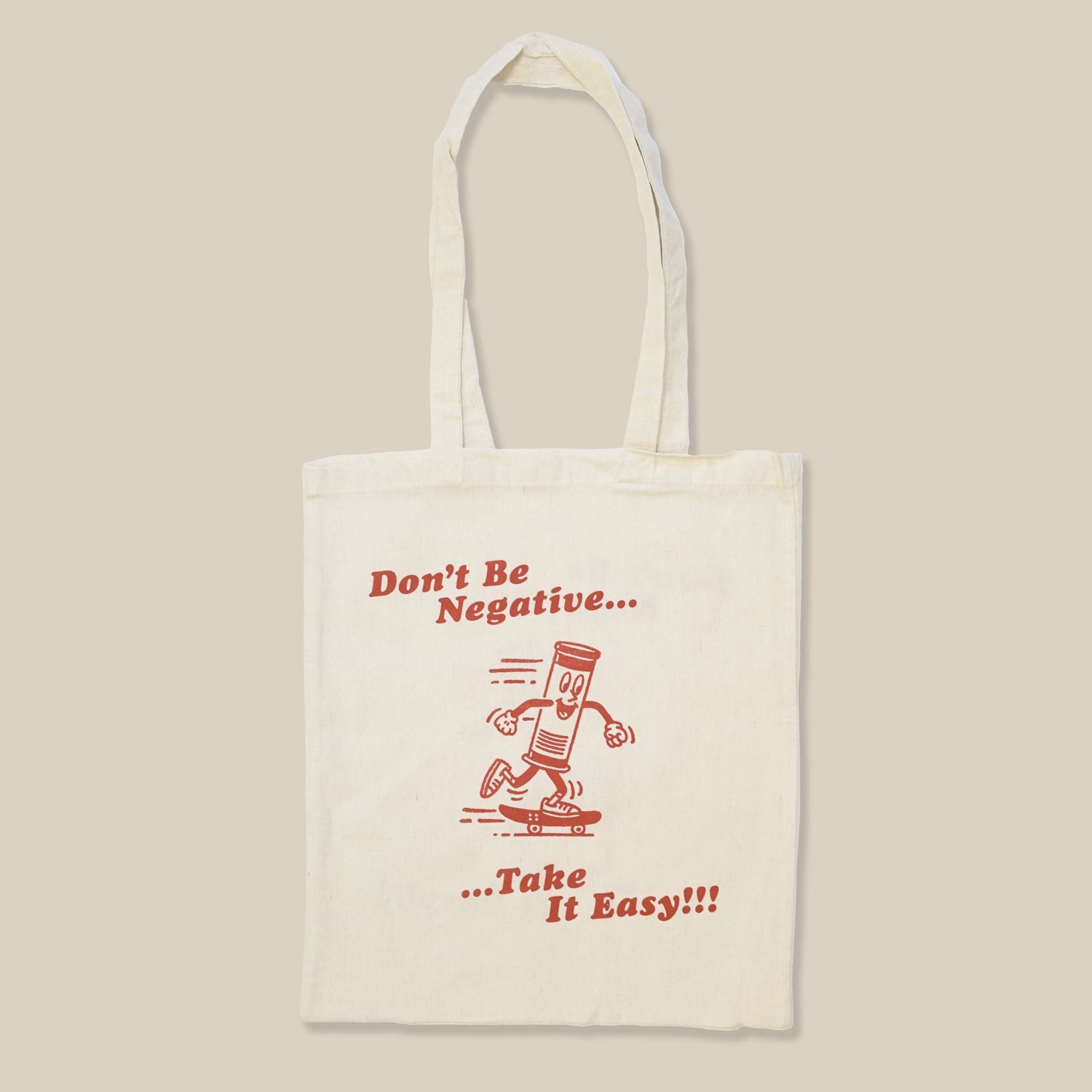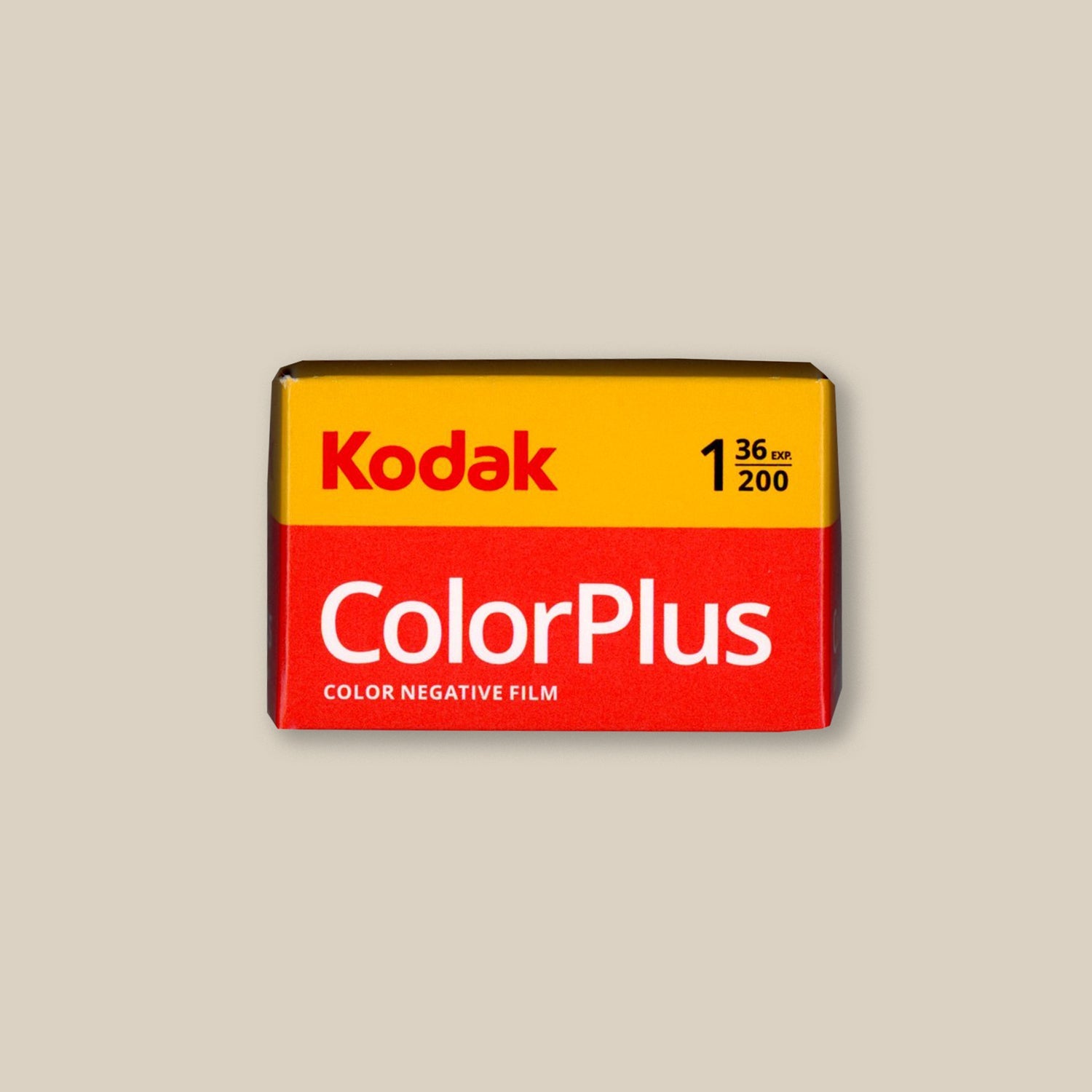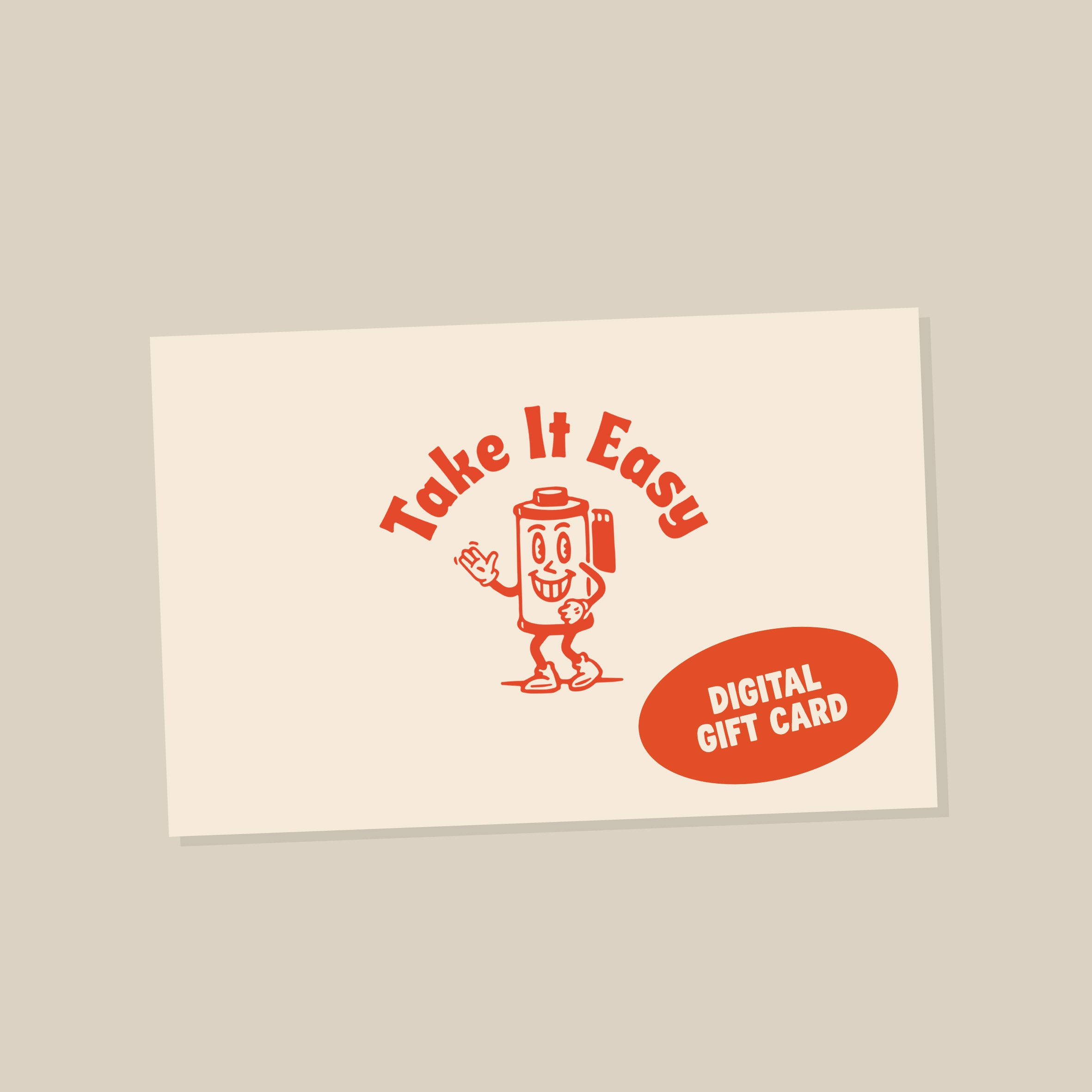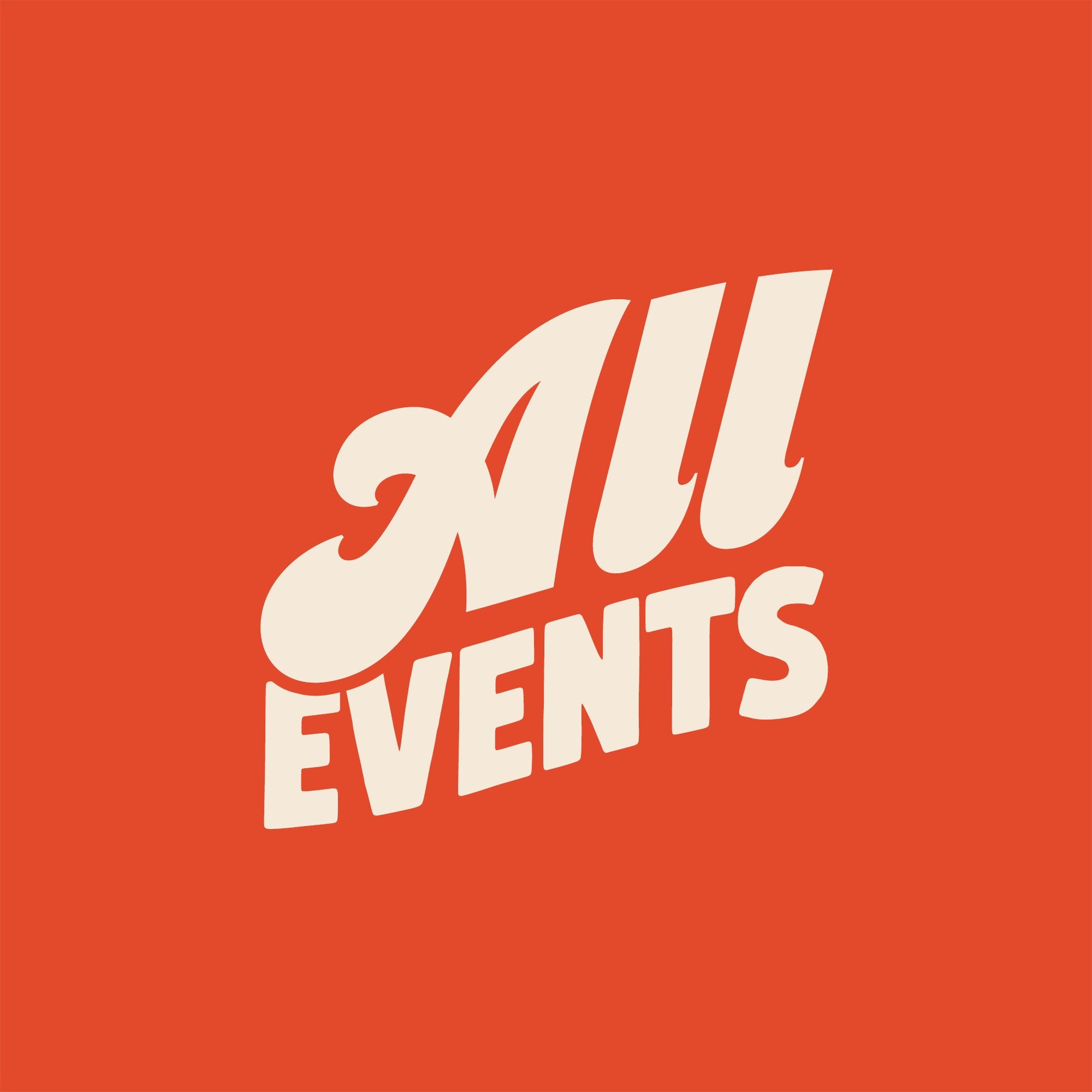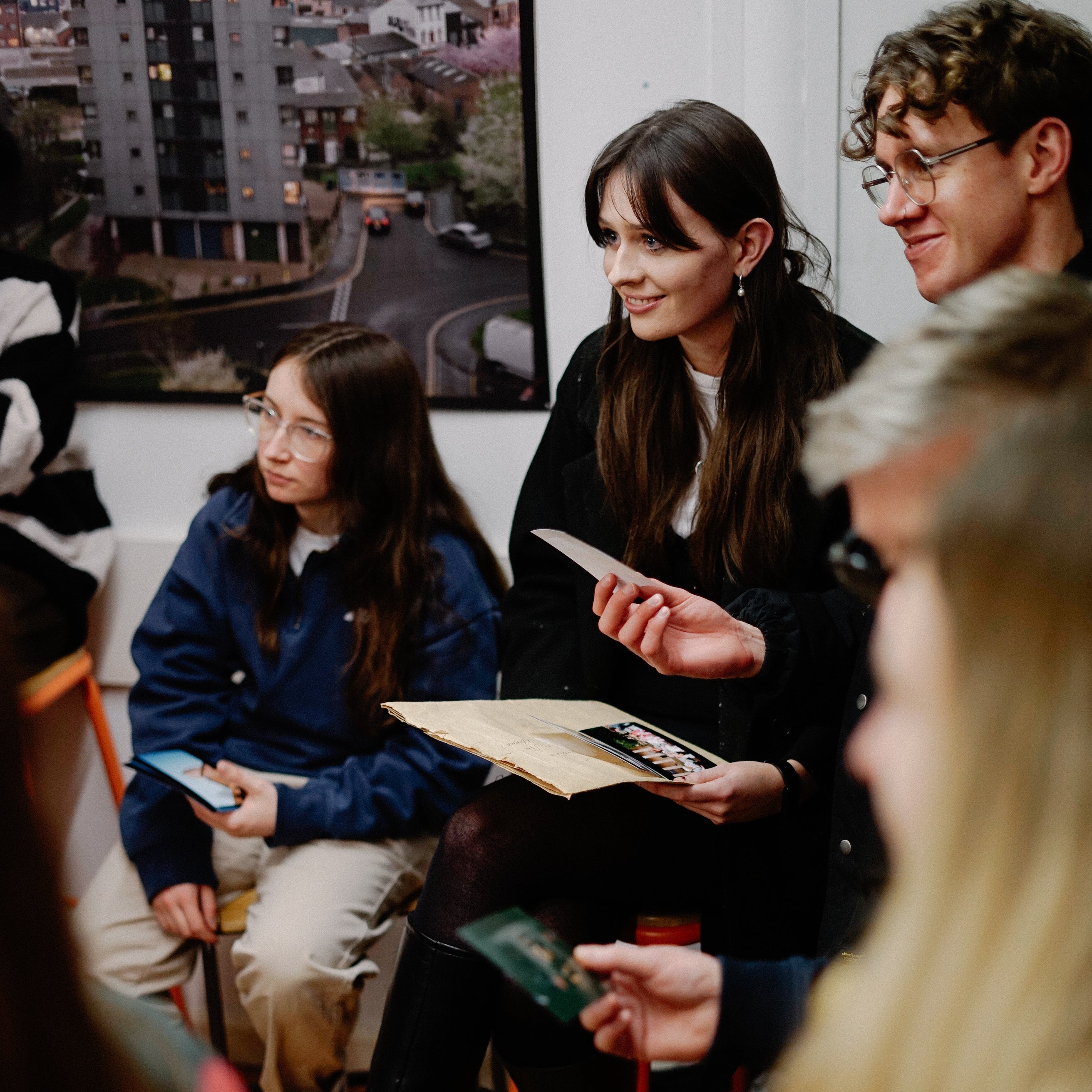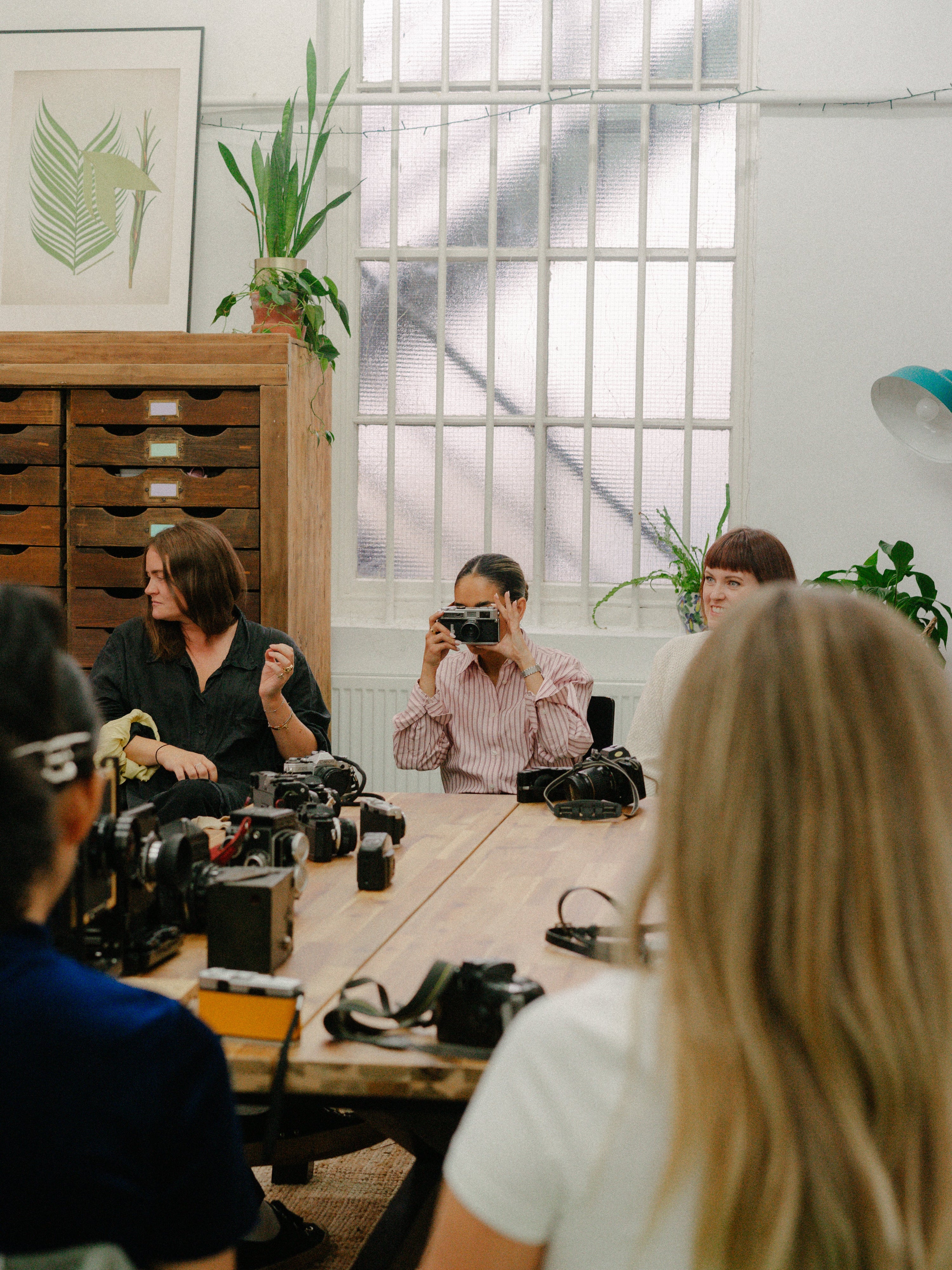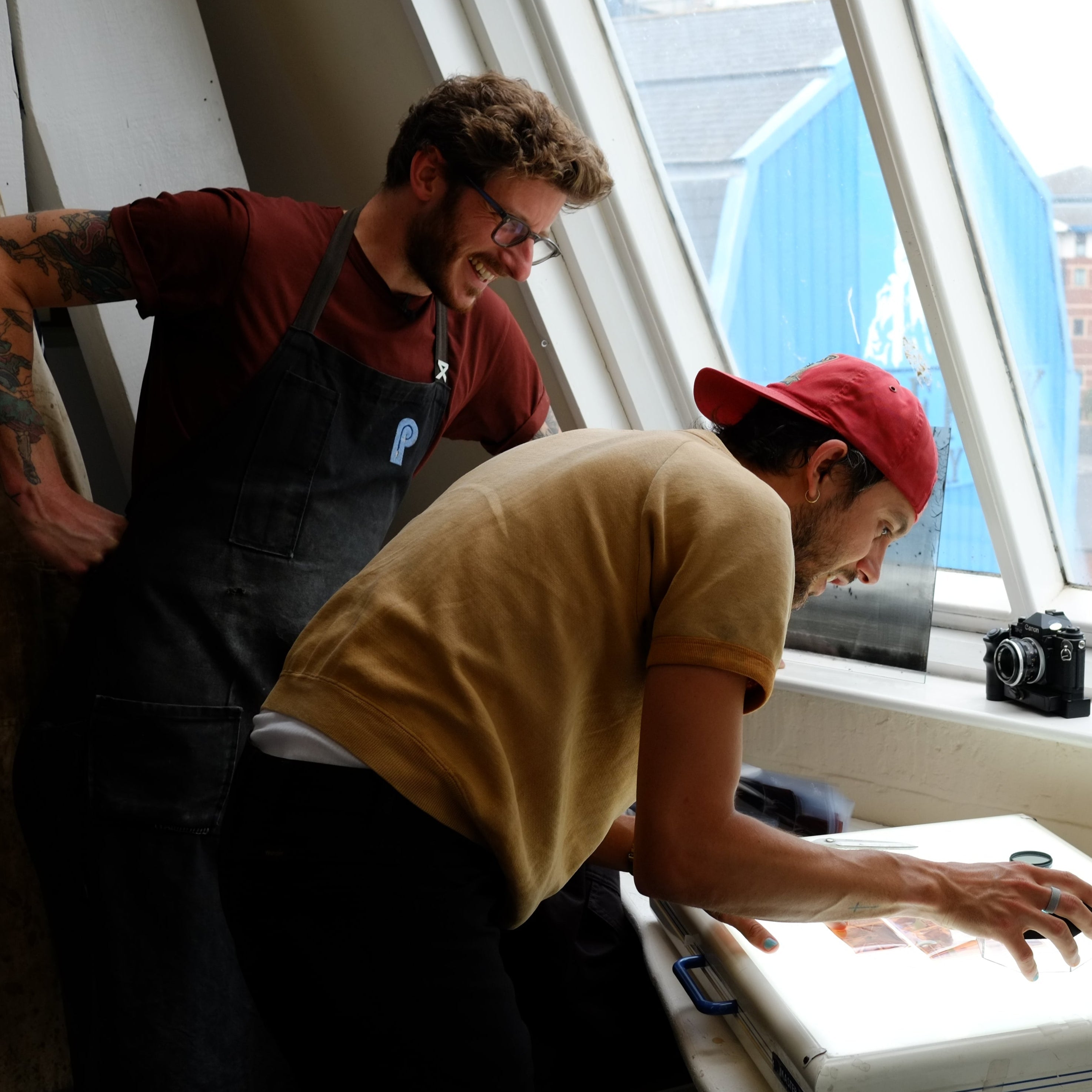

Behind the lens with Ebony Helena Wright
We love seeing the projects that emerge from the photos our customers take. We've spotted scans from the lab in exhibitions, photo books, magazine and much more! Ebony Helena Wright, used a collection of her 35mm film photographs and accompanied them with short stories to create a trilogy of zines.
Recently launching the second instalment, we spoke to Ebony about her project and discuss why zines are such a great medium for showcasing your photos.
Can you introduce yourself and a little bit about your photography style?
Of course! My name is Ebony, I’m in my mid-twenties. To pay rent I run a vintage shop in town, but my real passions are film photography and writing. I use these as a tool to express and work through various experiences in my life. Almost like art therapy, it allows me to explore my emotions in a creative way. I never like to set up or stage photos, I like to stumble upon things and capture what’s truly there.

How did you first get into Photography?
My love for photography developed from a love of cinema. The goal at University was to become a cinematographer, but lockdown switched the focus to photography - a more solitary art form. I like that photography freezes a moment, allowing you time to absorb it, whereas in cinema it’s always moving.
What first drew you to shooting film?
The colours felt so alive, warm and rich in comparison to the coldness of digital. I know you can colour grade but this wasn’t something I knew how to do then. The fascination remained after my first few times going out shooting. I loved that I would take a photo and not be able to instantly see what the result was. I just had to click, walk away and if it worked it worked. The reward of it actually working when you get your scans back; there is nothing quite like it.

You’ve recently turned your images into a zine ‘Wild’. Can you tell us a bit more about the zine?
‘Wild’ is the second instalment in a trilogy of zines I'm working on about love. My debut zine ‘Demolition’ focuses on my experience of a long-term relationship ending. It contained genuine text messages, voice notes, letters unsent to my ex-partner and I supported these emotions with images of buildings around Leeds in the process of demolition. The project is raw, hysterical and reflective with the aim of helping people feel less alone in their heartbreak.
“Wild” follows on from that and tells the story of me opening myself back up to romantic love, and when it inevitably fails, how I decide to process it this time round. It is hopeful in that you can find love again, but also that, after heartbreak, you can find your own independence again.
In the zine you pair the images with short stories around the theme of love and vulnerability. How do you think the photographs compliment the stories?
At the start of the zine images show nature growing out of urban spaces; brick walls, around bins, out of metal casings. The plantation is meant to represent me blooming in love, but there are foreshadows of the heartbreak - the love is limited by its environment and being destroyed by external factors such as broken glass and litter. When my heart is broken, this is exasperated. One image really displays this where a flourishing overgrown green space is locked away behind a metal gate. It is not allowed to be set free.
Towards the end of the zine, where I realise my worth, as an artist and as a person, nature is able to flourish freely without constraints or destruction.

What do you like about showing work as a zine?
Zine’s allow me to combine my love for photography and writing. I believe I need both to really tell my story and to give people something they can relate to. The writing allows me an aspect of control in how my images are interpreted, which I quite like. Practically, they are also an affordable way for me to get my work in physical print.
What process do you go through when creating a zine and how do you decide what sequence to put your images in?
A zine idea is born from an experience (positive or negative), that I would like to explore. It usually starts with the photography. For ‘Wild’ it was the image of the bins against a brick wall. When I took that I knew it was going to be the aesthetic of my next zine. Eventually something comes along in my life that I feel will suit the photography.
Once I have the fully formed concept I then go about writing a bit, wandering around, and capturing what I feel fits the emotions. I edit as I go along so I can see what gaps I have in the images and then go out with a list of the kind of images I need.
The process for sequencing is easy once the emotional journey is fully developed, as it becomes quite formulaic. In this case, nature constrained at the start, nature damaged in the middle, nature flourishing at the end. This is the process that has worked for these first two zines, but I’m interested to see what form future projects take.

What percentage of photos do you shoot on film versus digital?
So far it has been 100% film!
Favourite camera to shoot on and why?
My Kodak Retinette 1B. It is a gorgeous camera. With it being from the 60s I love to fantasise about the life it has already had and what pictures it may have already taken. There is something beautiful about secondhand. It has been passed through many hands and told many stories, and now it is telling mine. It also doesn’t need charging, which comes in very handy!
Favourite film type to use and why?
Kodak Gold - it’s cheap and cheerful. Which is great for the volume I shoot at. I love how it saturates colours and with a fine grain I can get a high quality feel to my images. It’s also quite forgiving to light. Working full-time I can only shoot when I have days off, so I have to jump at the chance. Come rain or shine I'm out and the wide exposure allows me to get a relatively consistent exposure and colour across my photos, making it feel coherent.
My real favourite is Portra 400 though, but that is a treat for me.

Best and worst things about shooting film?
The colours are unmatched and there is a genuineness to capturing a moment on film that I think can’t be replicated digitally. The limitation of exposures allows you to be more mindful about shooting as once you have captured a moment you need to leave it behind and push onto the next one. It is an incredibly mindful practice and leaves little room for internal criticism. It is my favourite form of therapy.
Worst things - the cost! But you just have to make it a priority. I can have two or three pints or I can buy film. I know which one I am going to choose.
One thing you wish you had known when you were starting out?
I suppose I’m still starting out really, I’m still discovering new things every time I shoot, still playing with settings and composition. Maybe in a few years I’ll be able to look back and identify the difference between starting out and being established, but at the moment, it’s all still a learning process.
